Many of the officers and men of the African American 761st Tank Battalion saw military service as an opportunity to maintain proud traditions from the past. In World War I, the 369th Regiment of the 93rd Infantry Division, also a segregated unit, had fought with great distinction on the battlefields of France under the moniker “The Harlem Rattlers,” and later became known as “The Harlem Hellfighters.” The 369th’s service had been mostly overlooked by the all-white Army hierarchy—just as the 761st Tank Battalion’s exploits would be. But the men who served in both units were proud: they knew what they had accomplished, and would never permit anyone to question their determination or bravery.
For others, the motivations were more prosaic. Sergeant William McBurney remembered: “I wanted to be a pilot. . . . My father said that a black man would never fly an airplane, you know, for this country. I didn’t want to listen to him. In fact, I didn’t believe him. So that’s when I volunteered to go into service to be a pilot. And they wouldn’t accept me as a pilot. They told me there was an armored outfit that I could go into. So when I signed up for the Army I went to the mechanized unit. And I didn’t even know what the mechanized unit was. I asked him, ‘What was it?’ He said, ‘You ride in vehicles.’ I said, ‘Well, long as I don’t have to walk, that’s fine.’ I didn’t want to be in the infantry. That was it.”
Of course there were disadvantages to serving in tanks too, especially when the 761st Tank Battalion’s Shermans went up against weapons such as the German 88mm Flak, which could send high-velocity shells straight through the front of a Sherman and out the back, cutting the crew to pieces and also setting ammunition alight so that the tank caught fire and burned to death everyone inside. This was harrowing duty, as the men of this tank battalion, known as the “Black Panthers,” had learned during savage fighting along the German border in November 1944. Casualties had been heavy—105 men lost overall, with 24 of those killed in action and 34 tanks knocked out or damaged. Everyone had lost friends, and learned about fear and how to live with it.
Up to this point the 761st, like other tank battalions working in tandem with the infantry, had supported the 26th Infantry Division. That division was pulled out of the line on December 9 for a rest, but not so the Black Panthers, who were now assigned to the incoming 87th Infantry Division. Pushing ahead, 761st Tank Battalion Shermans crossed the border into Germany on December 14. By this point the unit was down to a mere handful of functioning tanks, and desperately needed personnel replacements as well. These were hard to come by, and many of the new men assigned to join the Black Panthers were raw and untrained or—being rejects from other units—totally unfit for duty. As a result, the 761st was not committed to the fight in the first days of the German Ardennes offensive that began on December 16, and became known as the Battle of the Bulge.
The tankers were too valuable to be left alone for long, however, and at the beginning of January 1945 they were sent into action again. Their objective: the town of Tillet in Belgium, about twelve miles west of the vital crossroads of Bastogne, defended by German tanks and troops of the elite Führer Begleit Brigade. The fighting was brutal, and the 761st Tank Battalion Shermans and 87th Division infantry had to struggle against bitter resistance every step of the way.
The fighting reached a crescendo on January 9, when Captain Charles A. Gates led ten Shermans of C Company against a height near Tillet held by German tanks, anti-tank guns and infantry. One tank, commanded by Sergeant Theodore Windsor, was knocked out near the beginning of the fight; but Windsor climbed out and entered the tank commanded by Sergeant William McBurney—the man who had wanted to be a pilot. McBurney’s tank found a gap in the German defenses and pushed deep behind enemy lines, wreaking havoc there until it too was knocked out. Windsor and McBurney, with their driver, made their way back on foot for three miles through the snow, finally reaching American lines.
Gates’s tank also was knocked out, but the captain continued the attack on foot, finding a radioman to keep in touch with his drivers. One of his tankers, Sergeant Frank C. Cochran, shouted over the radio: “They’ve hit me three times, but I’m still giving them hell!” Another, Lieutenant Moses Dade, took command of a tank that had lost its turret but otherwise still functioned, driving it toward the enemy while firing the hull machine gun. Gates lost almost all of his tanks in the process, but by evening the Black Panthers had captured Tillet, destroying an enemy tank and three anti-tank guns, and killing several dozen enemy soldiers. Gates later would receive a Silver Star for his conduct. But the 761st Tank Battalion’s war was far from over.
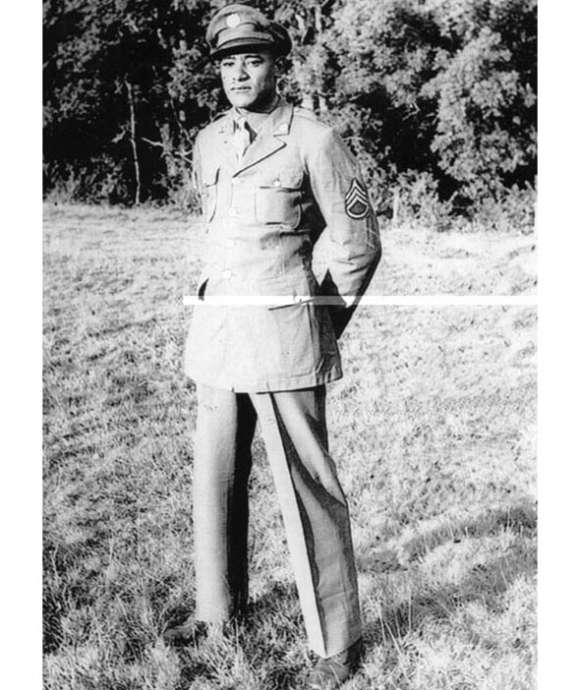
Uncommon Valor: The 761st Tank Battalion's Fight for Guebling, November 1944
On November 16, 1944, the men of the African American 761st Tank Battalion assaulted the German-held town of Guebling. Platoon Sergeant Ruben Rivers displayed uncommon heroism in leading the assault, and in doing so made the ultimate sacrifice for his comrades.
Ed Lengel, PhD
Edward G. Lengel is the former Senior Director of Programs for the National WWII Museum’s Institute for the Study of War and Democracy.
Cite this article:
MLA Citation:
APA Citation:
Chicago Style Citation:
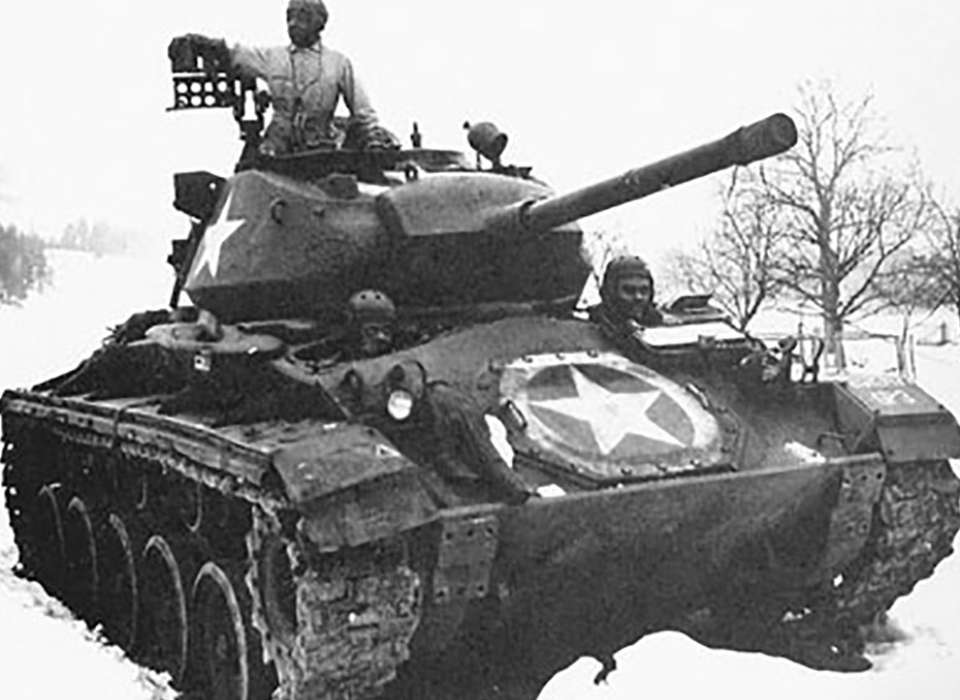
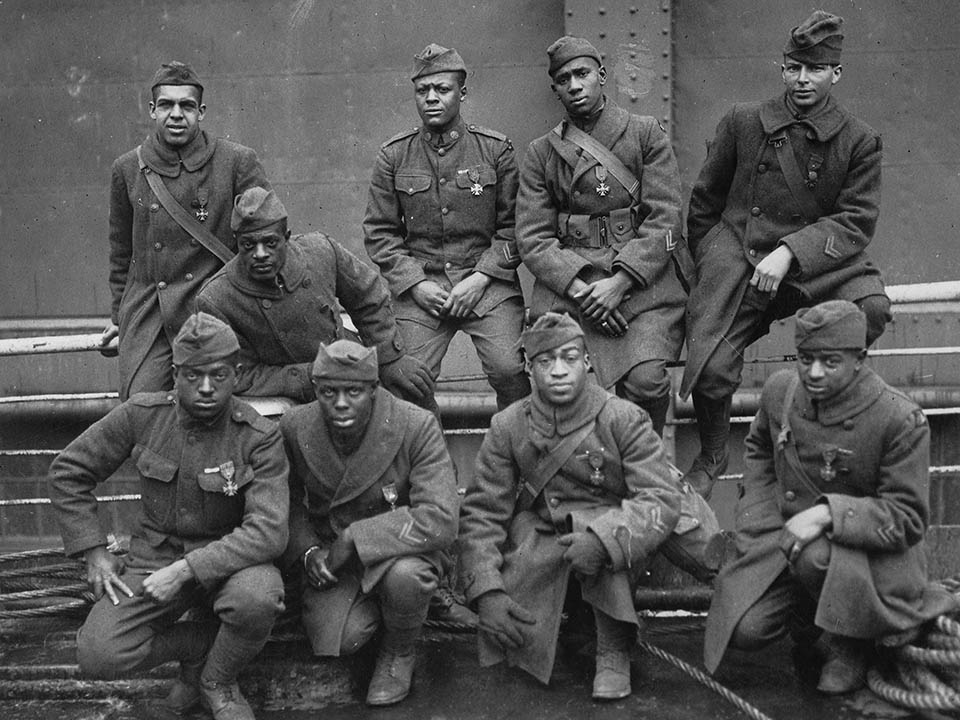
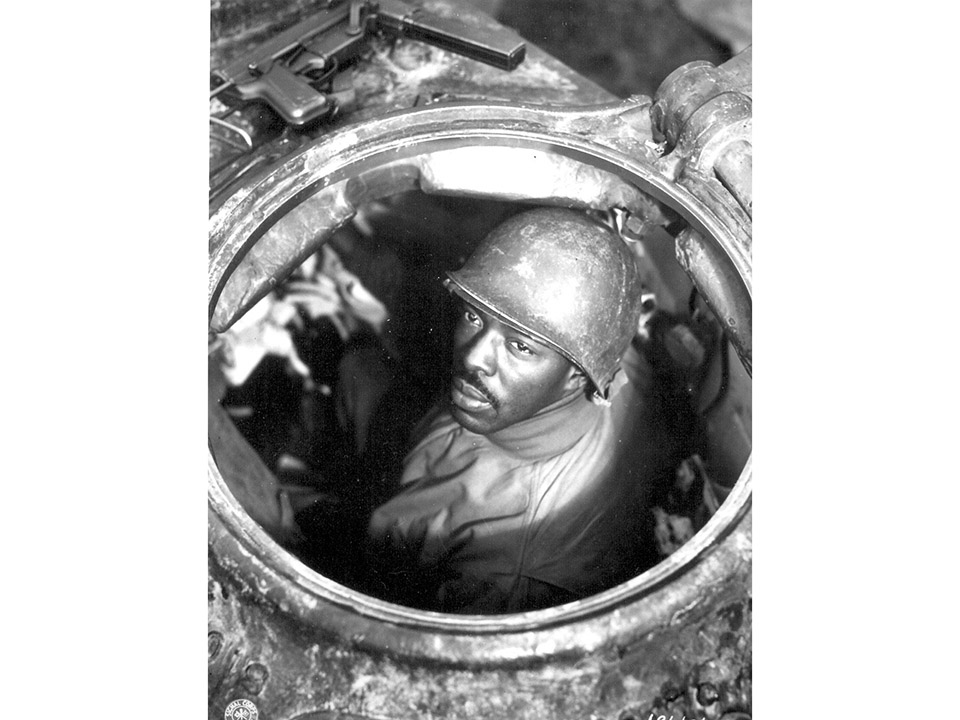
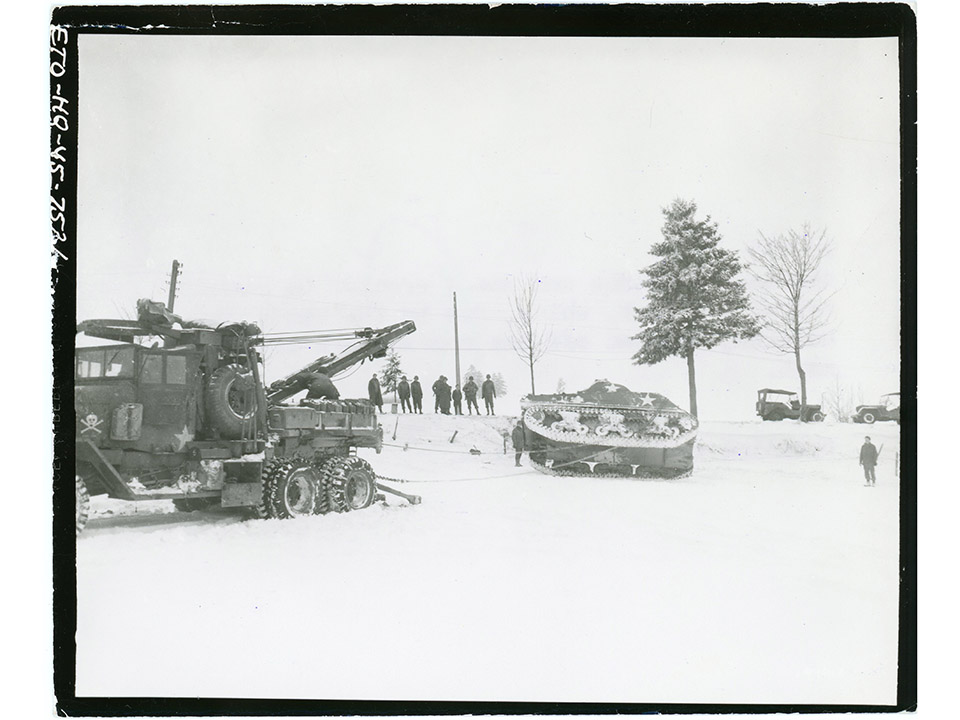
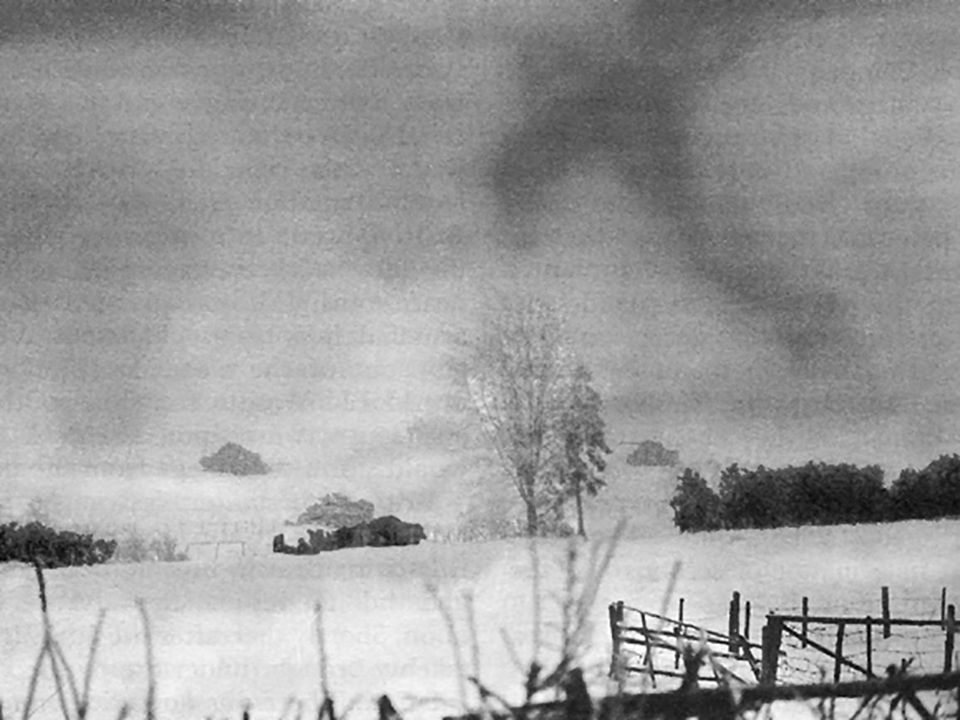
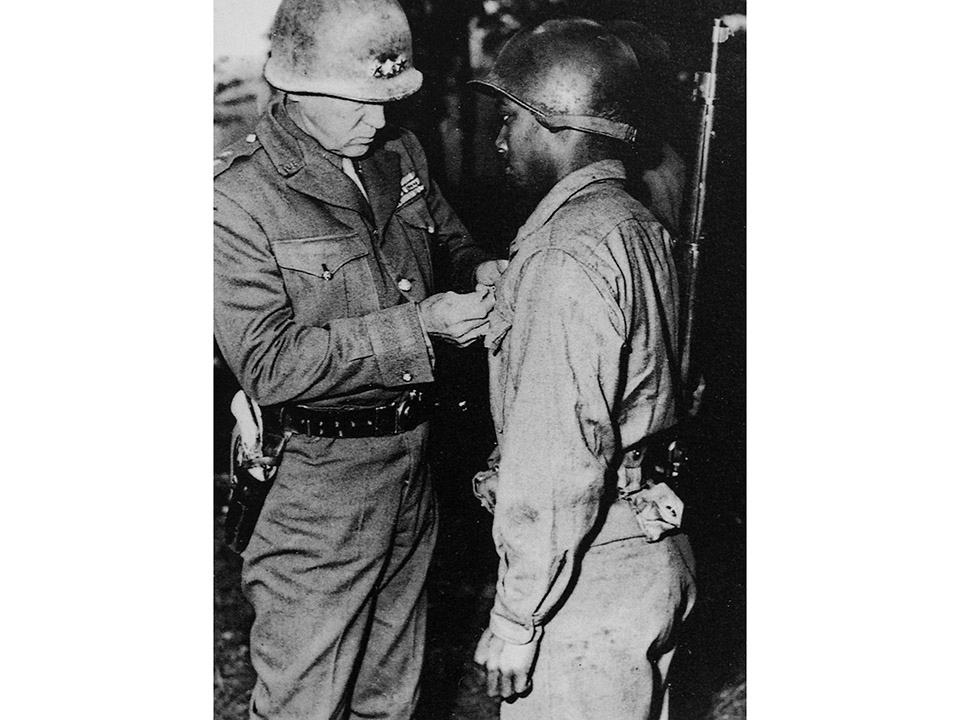
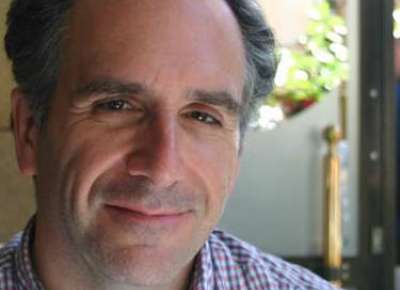



![Max Fuchs, New York City cantor, sings as Rabbi Sydney [sic] Lefkowitz, Richmond, VA, conducts the first Jewish services from Germany.](/sites/default/files/styles/max_650x650/public/2025-10/image1.jpg)



